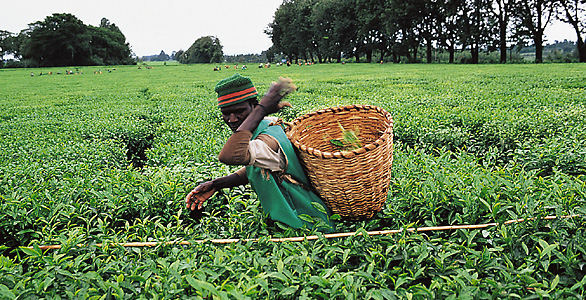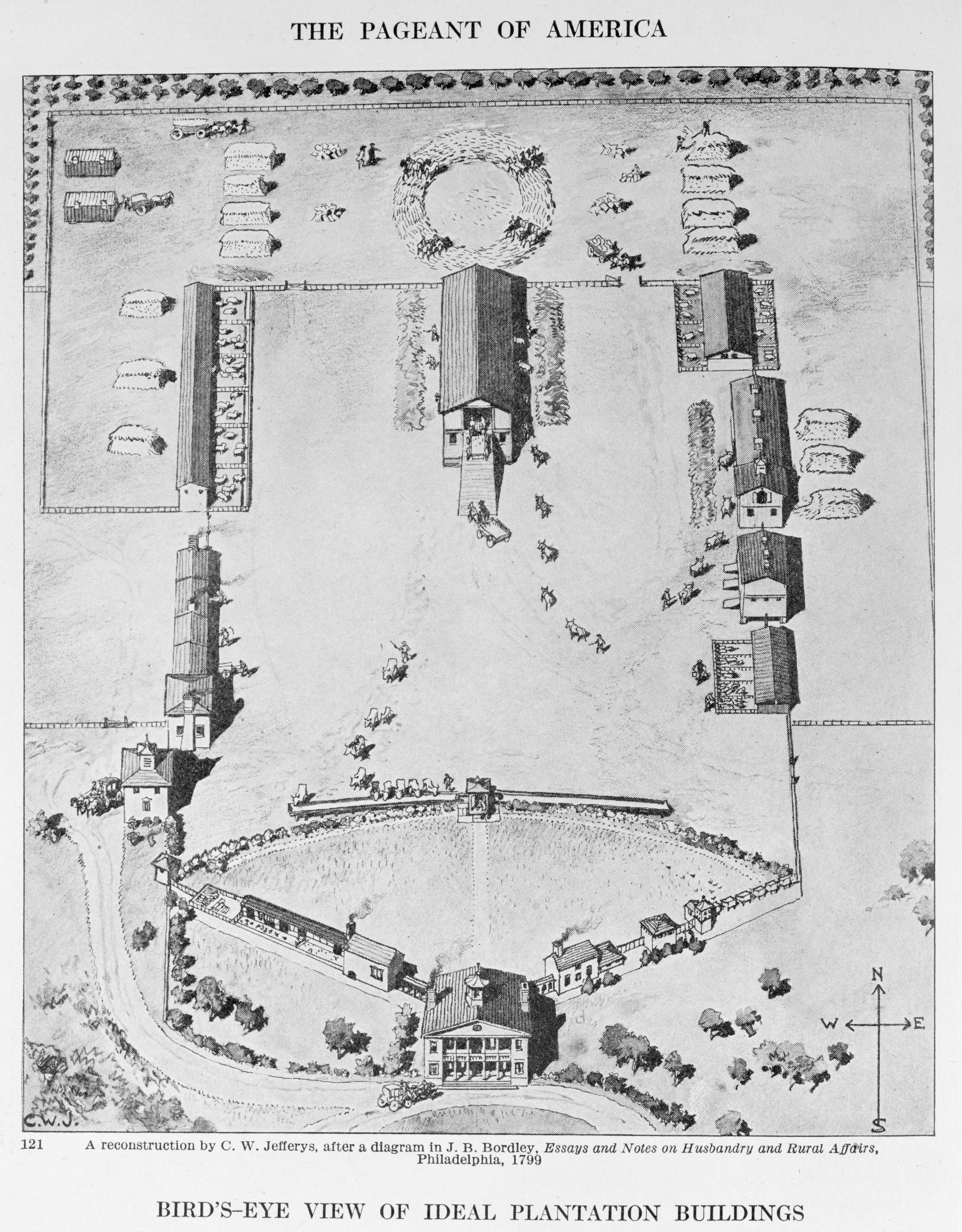Plantation is a large farming operation where workers usually grow a single crop. The most common products grown on plantations include cocoa, coffee, rice, rubber, and sugar cane as well as bananas, pineapples, and other kinds of tropical fruit. Most plantations occupy level areas with rich soils in the tropical and subtropical regions of the world. Throughout history, the structure and operation of plantations has varied widely according to the period and the type of labor employed.

Slave-labor plantations

were operated by Europeans in the colonies they established throughout the world. The Europeans furnished money and management to develop plantations, and European consumers served as a market for the products. The plantation workers consisted mainly of slaves and indentured servants, who were bound by contract to serve a landowner. They usually worked long hours in large groups and received few of life’s comforts. Plantation owners represented the ruling class in society. Slave-labor plantations operated in various parts of the Americas during the period of colonization that began in the 1500’s. After the widespread abolition of slavery in the 1800’s, these plantations operated with the use of free labor.
“Free”-labor plantations
came into use as slavery fell into disfavor. These large farming units produced single crops and paid low wages to hired hands. Most of the workforce consisted of wage laborers, who worked in groups for wages, and sharecroppers, farmers who cultivated the land in exchange for a share of the crop. Varying degrees of forced labor developed, including peonage. Peons are forced to work to pay off debts. Many sharecroppers, peons, and wage laborers held an open account at the plantation commissary (supply store), which often charged high prices. As a result, the workers would become indebted to the owner and would be forced to work off their debts. Such plantations still exist in parts of the world, and in these places the people who own them form the ruling class.
Skilled-labor plantations
have developed in many areas. Since the mid-1900’s, plantation agriculture has changed rapidly. Plantation owners pay higher wages to skilled laborers, who enjoy a more comfortable life than plantation workers did in the past.
In many areas, when a plantation breaks up, its former workers acquire shares of the land. However, large tracts of land previously owned by plantations operate under leasing arrangements. Under a cash lease, a tenant farmer pays a fixed amount of rent to the landowner. The farmer bears responsibility for all production costs. In a share lease arrangement, tenant and landowner can share both the cost of producing the crop and the crop itself. Many leasing arrangements restrict certain farming practices in an effort to maximize profits and encourage investment in the land.
